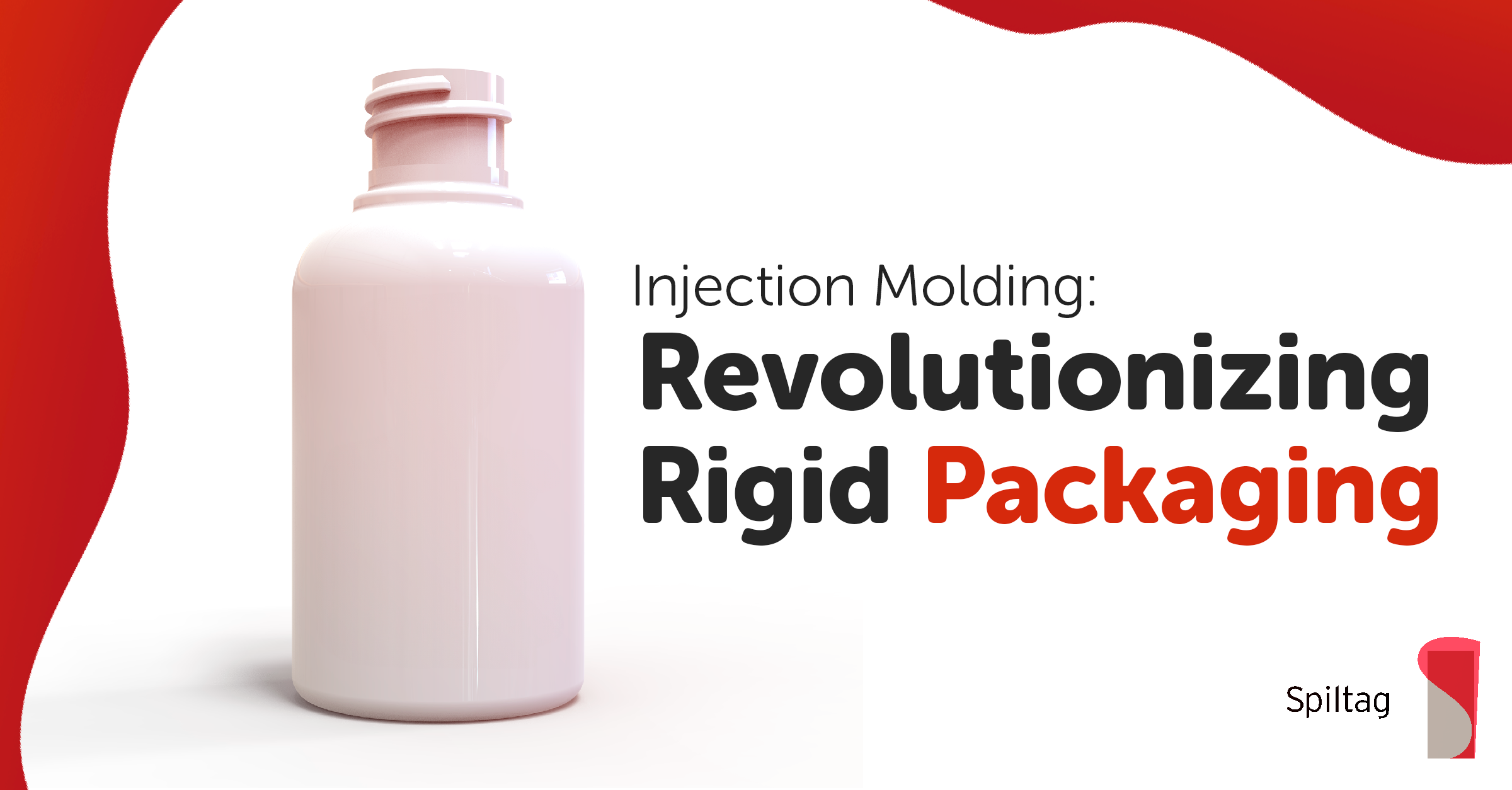
In the manufacturing realm, injection molding significantly impacts rigid packaging. Revolutionizing high-quality, durable packaging solution production, this technology excels in precision, efficiency, and versatility. Let’s delve into how injection molding technology operates and profoundly affects the rigid packaging industry.
Injection molding, a process manufacturers frequently use, produces parts by injecting molten material into a mold. They can perform this versatile process with various materials, such as metals, glasses, elastomers, and primarily thermoplastic and thermosetting polymers. Notably, the process unfolds through four main stages: clamping, injection, cooling, and ejection.
Firstly, workers securely clamp two mold halves together. Subsequently, they inject molten plastic into the mold cavity. Following this, the plastic undergoes cooling and solidifies into its final shape. Finally, the machine ejects the part from the mold, preparing it for use or additional processing.
Injection molding brings several benefits to rigid packaging production. It enables high precision and consistency in design, which is crucial for complex shapes and intricate designs. Moreover, the process yields strong and durable products, ideal for protective packaging. Additionally, injection molding is renowned for its efficiency and scalability in mass production. Furthermore, it accommodates a diverse range of materials, including eco-friendly options, adding to its design flexibility.
The injection molding field is in a constant state of evolution, integrating new enhancements in machine technology, mold design, and the use of recycled and biodegradable plastics.
As environmental concerns intensify, injection molding responds by embracing sustainable practices. This approach includes using recycled materials in the molding process and developing biodegradable polymers, thus reducing environmental impact while maintaining quality.
Injection molding sees widespread use in various industries, ranging from food and beverage to pharmaceuticals. Its ability to produce airtight and moisture-resistant containers makes it an ideal solution for preserving product quality and integrity.
Undoubtedly, injection molding revolutionizes the rigid packaging industry. Its capacity to produce efficient, high-quality, durable, and precise packaging solutions secures its status as a manufacturing staple. As technology progresses, injection molding is poised to offer even more innovative and sustainable packaging solutions.
Injection molding in rigid packaging is a process where manufacturers inject molten material, typically plastic, into a mold to create strong and precise packaging products. This technique is celebrated for its efficiency, precision, and high-quality output.
Injection molding bolsters packaging durability by producing products that resist wear and tear. Notably, the process involves cooling and solidifying the molten material in the mold, resulting in robust packaging suitable for protective purposes.
Yes, injection molding can be sustainable for packaging. Manufacturers achieve this by incorporating eco-friendly materials like recycled plastics or biodegradable polymers, thus reducing environmental impact without compromising packaging quality.
Injection molding shines in mass production, capable of rapidly producing large volumes of consistent, high-quality products. This efficiency renders it a cost-effective solution for extensive manufacturing needs.
Injection molding for packaging uses a broad spectrum of materials, including thermoplastic and thermosetting polymers, metals, glasses, and elastomers. This versatility extends to eco-friendly options like biodegradable plastics, providing ample flexibility in packaging design and application.
Check our linkedin page and our products!